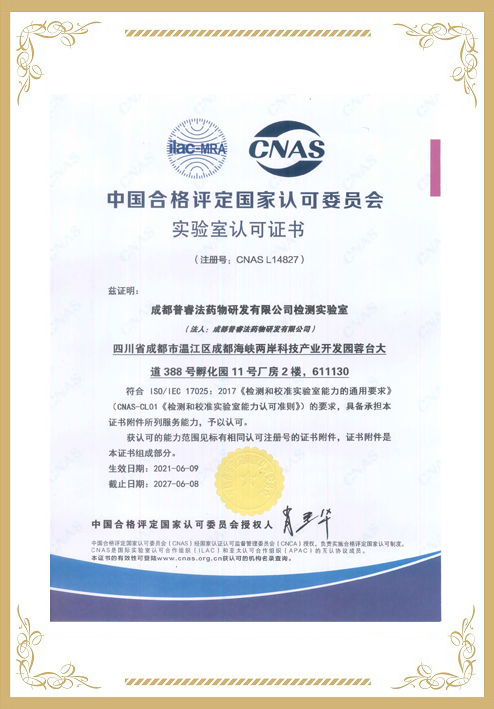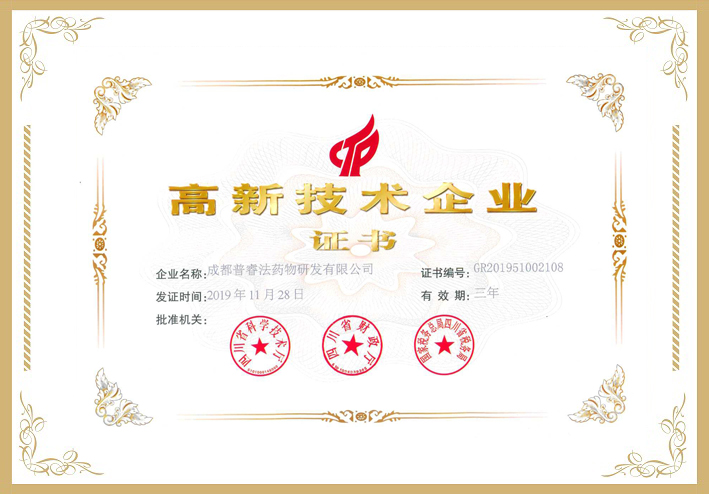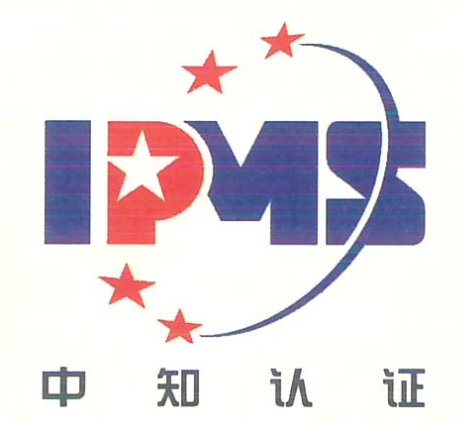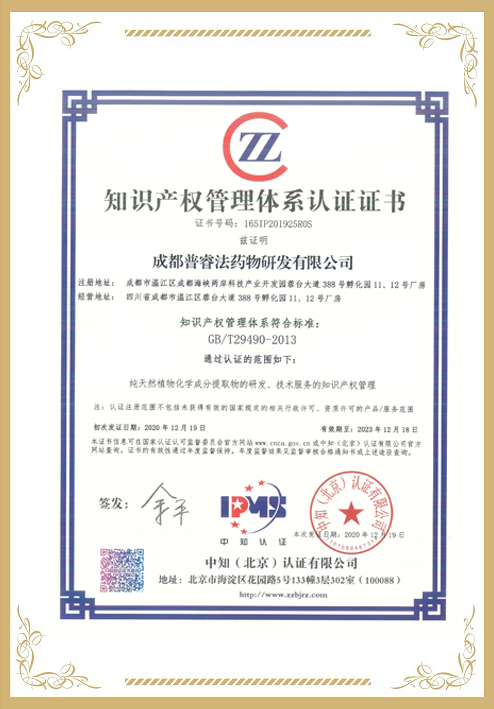Tea is one of the most popular beverages in the world. Camellia sinensis tea (CST) or green tea is widely regarded as a potent antioxidant. In Thailand, Pluchea indica (L.) Less. tea (PIT) has been commercially available as a health-promoting drink. This study focused on free radical scavenging activities of PIT, and its ability to protect isolated human low-density lipoproteins (LDL) from oxidation by chemical agents. A preliminary study to investigate the antioxidant nature of PIT was undertaken. These included common antioxidant assays involving 2,2-Diphenyl-1-picrylhydrazyl (DPPH), 2,2-azinobis-(3- ethylbenzothiazoline)-6-sulfonic acid (ABTS), hypochlorous acid (HOCl), and its potential to scavenge peroxynitrite. In separated experiments, isolated human LDL was challenged with either 2,2′-azobis(2-amidinopropane) dihydrochloride (AAPH), copper (Cu2+), or 3-Morpholinosydnonimine hydrochloride (SIN-1) to induce LDL oxidation. PIT exhibited antioxidant activity in all test systems and performed significantly better than CST in both DPPH (P < 0:05; IC50PIT = 245:85 ± 15:83 and CST = 315:41 ± 24:18 μg/ml) and peroxynitrite scavenging assays. PIT at 75 μg/ml almost fully prevented the peroxynitrite over a 5 h period. Moreover, it displayed similar properties to CST during the antioxidation of isolated human LDL using AAPH, Cu2+, SIN-1, and hypochlorous acid scavenging assays. However, it revealed a significantly lower ABTS scavenging activity than CST (P < 0:05; IC50PIT = 30:47 ± 2:20 and CST = 21:59 ± 0:67 μg/ml). The main constituents of the PIT were identified using LC-MS/MS. It contained 4-O-caffeoylquinic acid (4-CQ), 5-O-caffeoylquinic acid (5-CQ), 3,4-O-dicaffeoylquinic acid (3,4-CQ), 3,5-O-dicaffeoylquinic acid (3,5-CQ), and 4,5-O-dicaffeoylquinic acid (4,5-CQ). In conclusion, caffeoyl derivatives in PIT could play an important role in potent antioxidant properties. So, it may be further developed to be antioxidant beverages for preventing atherosclerosis and cardiovascular diseases associated with oxidative stress.
… (St. Louis, MO, USA). 4-O-caffeoylquinic acid (4-CQ), 5-O- caffeoylquinic
acid (5-CQ), 3,4-O-dicaffeoylquinic acid (3,4-CQ), 3,5-O-dicaffeoylquinic
acid (3,5-CQ), and 4,5-O- dicaffeoylquinic acid (4,5-CQ) were purchased from Chengdu Biopurify …























